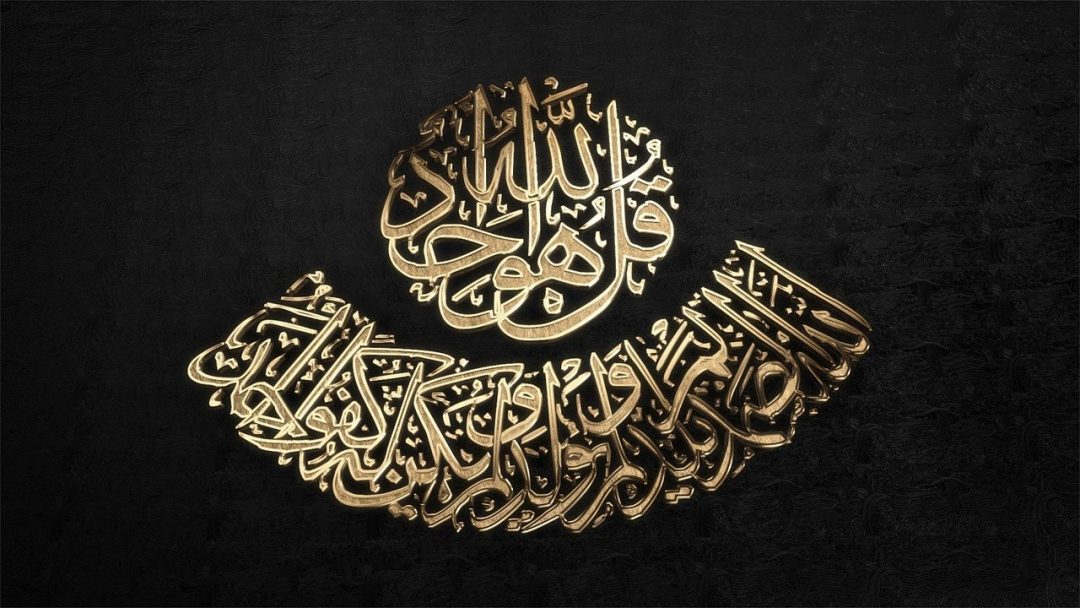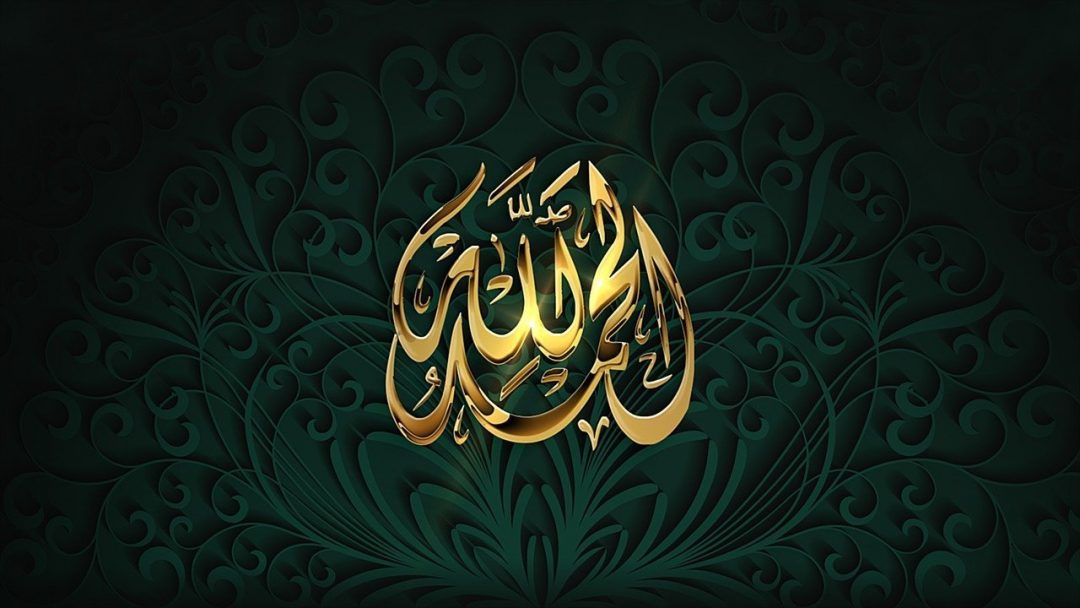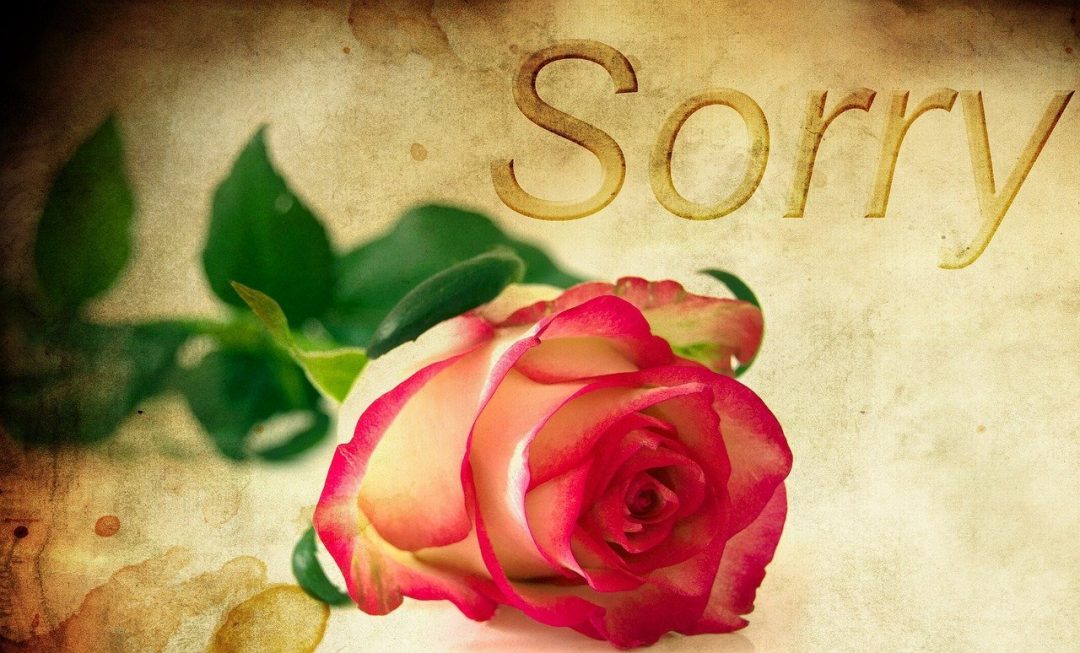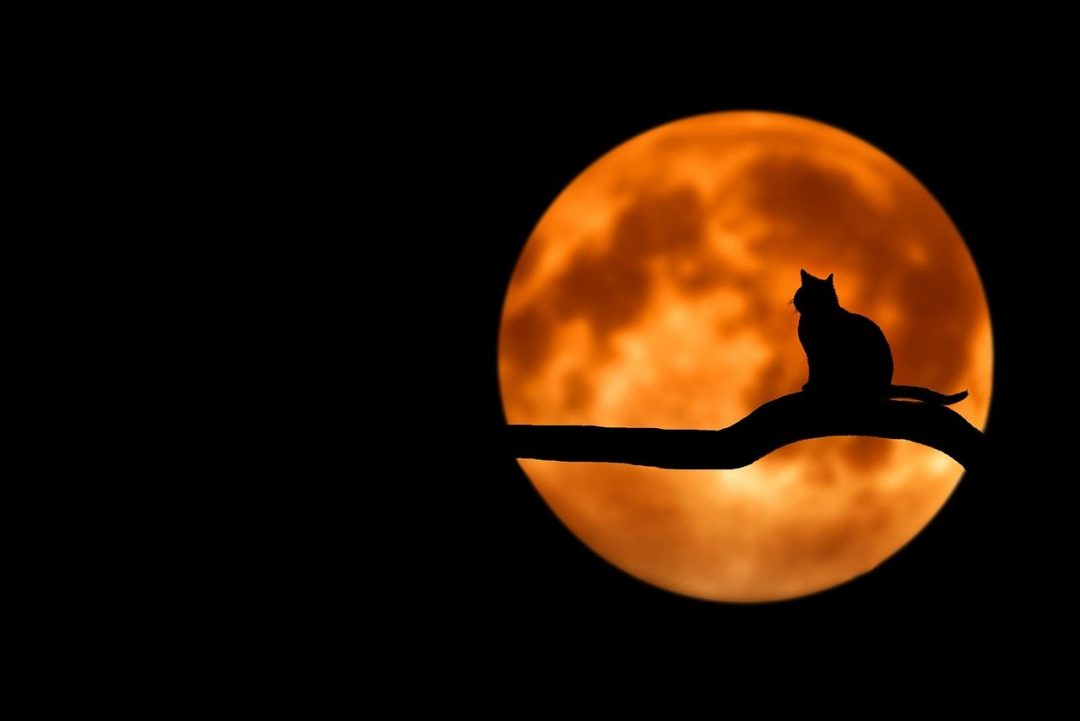We have all seen pictures of Moslems pray in Mosques, in precise military lines facing Mecca, bowing and kneeling in unison. No sign of a the magic circle here. Last night I was in London at a Mosque once again for the dhikr. The prayers were performed just as they were done in Mosques throughout the world. I sat quietly on the carpet, my feet drawn up so as not to interfere with the man closest to me who was doing his salat. Nobody minded that I was not joining in. One Moslem offered me a chair to sit on, but I politely refused.
Creating the circle for the zikr
As soon as prayers finished, everybody creates an elongated circle, backs to the wall on the two sides of the narrowest width of the Mosque, a converted Convent in Seven Sisters; I did not have to move. The Imam was part of the circle, but he had not moved from his position below the Mihrab, which tells the Faithful the direction towards Mecca. Those who could not be in the immediate circle filled the rest of the hall. The lights were extinguished – the Magical Circle was complete.
Chanting in the zikr
The Imam said a few muttered words in Arabic, unintelligible to me, but within a few seconds everyone began the chant; Astarfirlagh, Astarfirlagh, Astarfirlagh… Forgiveness… The chants kept on coming – Allah Hoo, Allah Hoo, Allah Hoo, intermingled with the Fatiha which was sometimes chanted together seven times, or muttered inaudibly.
Whirling in the zikr
After about twenty minutes, I opened my eyes, and noticed to the left of the Imam kneeled five Sufis in a straight line wearing the characteristic turbans over a pointed cap. The five Sufis stood up and bowed. The one nearest the Imam walked slowly to the middle of the circle, bowed long and deeply to the Imam, then walked to him and kissed his hand. Backing away, his arms now folded across his chest so that that the hands were on his shoulders, he began to whirl, and the arms moved to their familiar positions, right palm pointing to the sky, while the left palm pointed to the ground. Soon all five Sufis were whirling, creating a draught that was not entirely appreciated in an unheated hall in November despite the new under floor heating. The chanting had changed, become more rhythmic and musical. It was at this point that drums and other musical instruments were played.
As the Sufis whirled, and everyone chanted, a young boy, perhaps eight years old, in traditional clothes and a much smaller but identical turban to his father rather clumsily whirled in his own space. He was doing his best, but like children of his age, he couldn’t resist showing off and he fell down in a heap. Occasionally, a toddler, a young girl, would run across the circle from her father deep in meditation to the back of the hall to her mother, sometimes colliding with cross-legged mystics in rapture. Nobody minded.
Chanting the 99 Names of Allah
The ending of the dhikr is incredibly powerful, as the Mystics chant many of the 99 Names of God, led by the Imam. You have to be there to experience it. The Sufis stop whirling, and return to their place in a line, kneeling down.
Then the Imam leads the prayers – Westerners can tell because there are regular responses of ‘Amin!’ In the west, we Christians expect our prayers to be recited slowly and solemnly. Here, the Imam races through them almost without breath. For the few westerners in the Dhikr he suddenly changed to English, asking protection for our families, “Amin!” The Sheikh, “Amin!” “Our Royal Family… Prince Charles and the Queen…”, “Amin!” The prayers returned to Arabic. It is amazing how many prayers can be crammed into a few minutes. The Imam finishes with “Fatiha”, and everyone mutters the first Sura of the Koran under the breath.
We all stand – the man next to me looks twenty years older than me, and offers a hand to help me up, and we move to form a queue to the Imam to receive Salaam from him. As each Sufi moves past the Imam, shaking hands with the other Sheikhs next to him, then they stand to recreate the circle, each one shaking the others’ hand, or placing their right hand on the their heart. All the while, there was a warm down – gentle singing in Arabic, similar to the qawali songs in Pakistan.
Visions in the zikr
In the next room the urn is hot, so tea and coffee is available. Someone has brought some jelabies, a sweet sticky confection, finger licking good. Time for me to get back to Victoria before the last train to Brighton. I reflect on my visit. During a dhikr, participants are free to act. Who knows what goes on in the thoughts of the Sufis? I see spirits every day, at any time and place, but the power of the dhikr intensifies the experience so that communication is well nigh perfect. I learn new knowledge, I see visions, and Spirits come and go; I pray for and heal certain situations that require it. I contribute to the energy of the circle, and I am energised and healed in return.
In the West, our magical circles are elitist and often practised in secret and alone. There are fears about the circle being broken, which will allow spirits to enter uncontrolled. You do not get to take part in a magical ritual without being asked, having consecrated your magical weapons, and had a lot of practise in ritual. Before the magical ritual, the aims of the practise will have been discussed and worked out beforehand. Frequently, passwords are used to keep out the unwashed. Contrast this to the Dhikr, where all are welcome, people come and go and children wander freely during the ceremony.




0 Comments